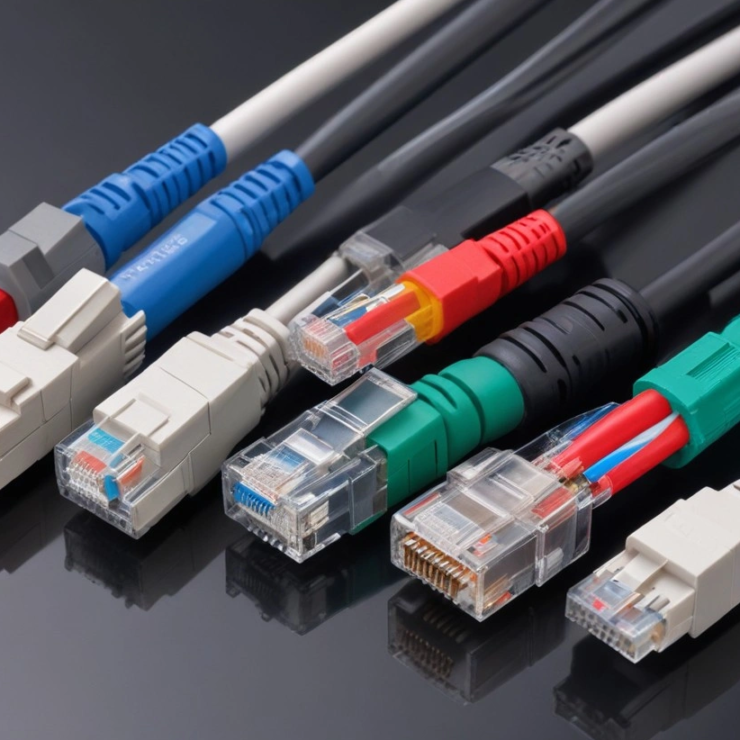In today’s connected world, most of the digital communication we rely on happens through wireless technologies. From home Wi-Fi and mobile internet to smart devices and industrial automation, wireless networking has revolutionized how we live and work. But what exactly is wireless networking? How did it come to be? And what are its main components, types, and technologies like Wi-Fi, 5G, and IoT?
In this blog post, we’ll explore the complete picture of wireless networking—its definition, history, core technologies, types, elements, and significance in modern communication.
What is Wireless Networking?
Wireless networking is a technology that allows computers, mobile phones, IoT devices, and other digital systems to connect and communicate without using physical wires or cables. Instead, it uses various forms of electromagnetic waves such as radio waves, infrared signals, or even satellite transmissions to transmit data over short or long distances.
In a wireless network, information is sent through the air using antennas, routers, and protocols that manage how data is packaged and transmitted. These networks enable mobility, flexibility, and faster connectivity in homes, offices, industries, and public areas.
History of Wireless Networking
The concept of wireless communication dates back more than a century, but modern wireless networking has developed rapidly in just the past few decades. Here’s an in-depth look at how it evolved over time:
1895 – Invention of Radio Communication
Italian inventor Guglielmo Marconi transmitted the first wireless signal using radio waves. This breakthrough marked the beginning of wireless technology. His work laid the foundation for future innovations in communication without physical wires.
1901 – Transatlantic Wireless Signal
Marconi achieved another milestone by transmitting a wireless message across the Atlantic Ocean. This demonstrated the potential for long-distance wireless communication, which was revolutionary at the time.
1940s – Military Use in World War II
During the war, the military heavily relied on wireless radios for communication. These systems advanced quickly due to wartime demands, leading to significant innovations in radio and radar technologies.
1970s – Academic Research and Early Wireless Networks
Universities and government research labs began developing experimental wireless data systems. These were limited in range and speed but paved the way for future commercial wireless networks.
1980s – Mobile Cellular Networks Emerge
The first generation of cellular mobile networks, known as 1G, was launched. It supported voice calls using analog signals and brought wireless communication into public use.
1997 – Wi-Fi Technology is Introduced
The IEEE released the 802.11 standard, which allowed computers to connect wirelessly within local networks. This was the birth of Wi-Fi, which soon became a global standard for wireless internet connectivity.
2000s to Present – The Rise of Wireless Everywhere
With the release of 2G, 3G, 4G, and now 5G mobile networks, along with Wi-Fi, Bluetooth, and IoT, wireless technology has become an essential part of everyday life. It continues to evolve rapidly with ongoing research in 6G and beyond.
Types of Wireless Networks
Wireless networking includes several different types of technologies, each designed for specific use cases. Below are the main types with detailed explanations:
Wi-Fi (Wireless Fidelity)
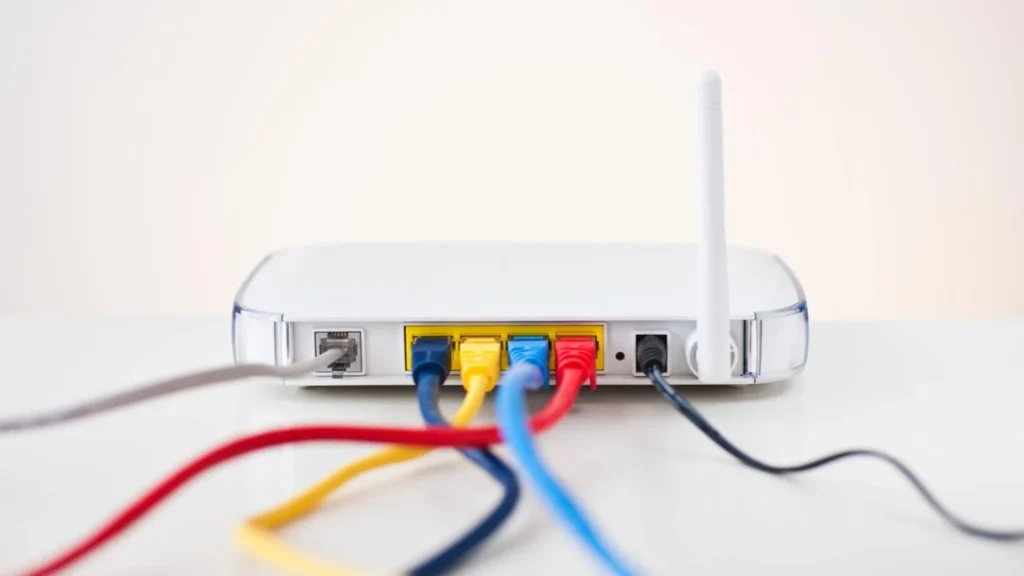
Wi-Fi is the most commonly used wireless networking technology in homes, offices, and public places. It allows multiple devices to connect to a router using radio signals, usually in the 2.4 GHz or 5 GHz frequency bands. Wi-Fi is ideal for short-range, high-speed internet access.
Modern Wi-Fi standards (such as Wi-Fi 5, Wi-Fi 6, and Wi-Fi 6E) offer faster speeds, better range, and more secure connections. It’s widely used for video streaming, online gaming, web browsing, and communication in local area networks (LANs).
Cellular Networks (2G, 3G, 4G, 5G)

Cellular networks use radio towers to provide mobile connectivity over wide areas. These networks have evolved through several generations:
- 2G (Second Generation): Introduced digital voice communication and allowed basic SMS text messaging.
- 3G (Third Generation): Brought higher data speeds and enabled web browsing, video calling, and mobile apps.
- 4G (Fourth Generation): Delivered high-speed mobile internet, supporting HD streaming, cloud access, and real-time gaming.
- 5G (Fifth Generation): Offers ultra-fast speeds, extremely low latency, and the ability to support millions of connected devices, making it essential for advanced applications like smart cities, autonomous vehicles, and industrial IoT.
Bluetooth

Bluetooth is a short-range wireless technology used to connect personal devices like wireless earphones, keyboards, smartwatches, and phones. It works within a range of about 10 to 30 meters and is designed for low-power communication. It is also used in IoT systems for device pairing and synchronization.
Infrared Communication

Infrared technology uses light waves to transmit signals, typically in a straight line between two devices. While it has limited range and requires a direct line of sight, it’s still used in remote controls and some specialized data transfer tools in medical and industrial fields.
Satellite Communication
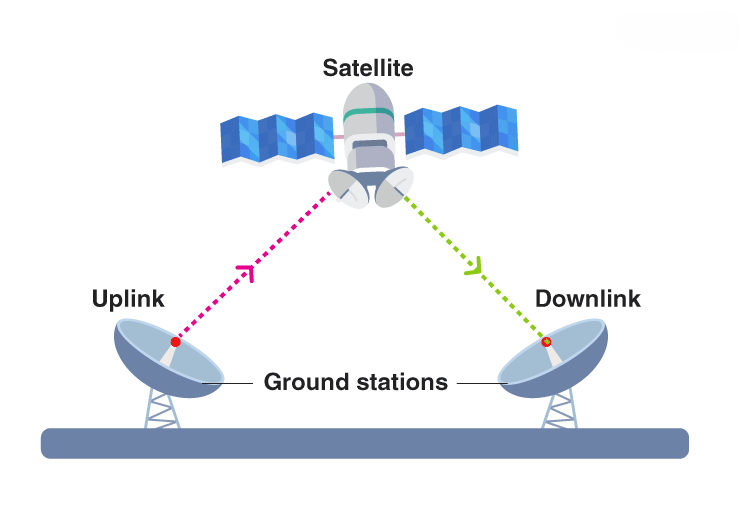
Satellite networks allow wireless communication through satellites orbiting the Earth. These networks are ideal for long-distance or remote area connectivity where ground infrastructure is not available. They are used for GPS, satellite TV, disaster recovery communication, and global internet access through systems like Starlink.
ZigBee and Z-Wave
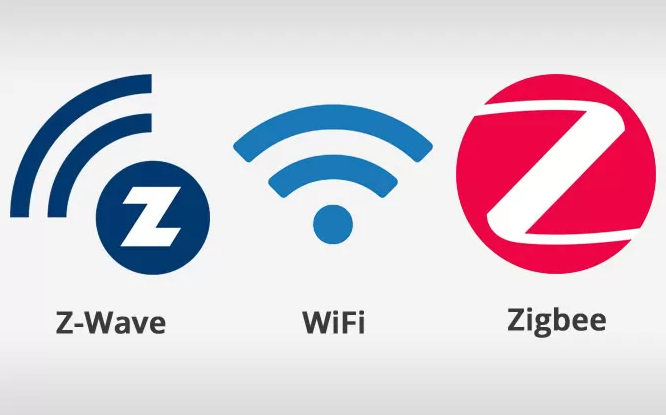
These are wireless communication protocols used for smart home and industrial automation. They are designed for low-power, low-bandwidth applications. ZigBee and Z-Wave are used in smart lights, thermostats, security systems, and other IoT devices that require energy-efficient and reliable connectivity.
What is IoT Connectivity?
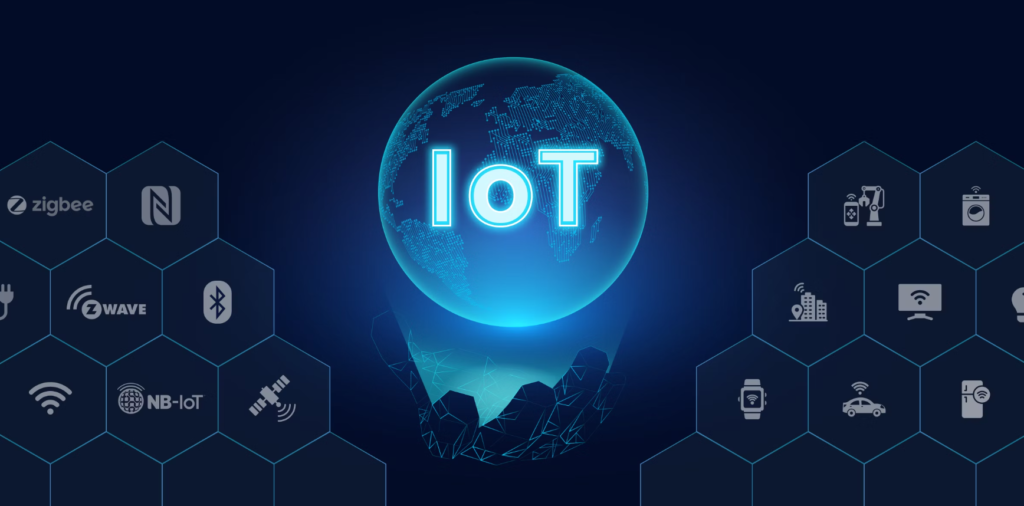
The Internet of Things (IoT) refers to a network of physical devices that are embedded with sensors, software, and wireless connectivity, allowing them to collect and exchange data. These devices can operate autonomously or communicate with each other and cloud platforms in real time.
IoT connectivity is enabled by wireless technologies such as Wi-Fi, Bluetooth, Zigbee, LTE, and especially 5G. Examples of IoT applications include:
- Smart homes with connected appliances and security systems.
- Wearable devices that monitor health and fitness.
- Smart agriculture with automated irrigation and crop monitoring.
- Industrial IoT systems for equipment monitoring and predictive maintenance.
- Connected cars with navigation, diagnostics, and entertainment systems.
As IoT continues to grow, wireless networking becomes even more important for enabling secure, fast, and efficient communication between thousands or even millions of devices.
Key Elements of Wireless Networking
Wireless networking depends on a combination of hardware and software elements that work together to provide seamless connectivity. Here are the key components involved:
Hardware Elements
- Wireless Routers: Devices that transmit Wi-Fi signals to connect multiple devices to the internet within a local area.
- Access Points (APs): Devices that extend wireless network coverage, often used in large buildings or enterprise setups.
- Network Interface Cards (NICs): Hardware installed in computers or mobile devices that allow them to connect to wireless networks.
- Cell Towers and Base Stations: Infrastructure used by cellular providers to transmit signals over wide areas.
- Antennas: Devices used to send and receive electromagnetic signals for Wi-Fi, cellular, or satellite communication.
- Modems and Gateways: Devices that convert signals from ISPs into usable internet data and manage traffic between networks.
Software Elements
- Wireless Protocols: Standards and rules for communication, such as IEEE 802.11 for Wi-Fi or 3GPP standards for mobile networks.
- Network Operating Systems: Specialized software that manages and controls the network (e.g., MikroTik RouterOS, Cisco IOS).
- Encryption Technologies: Security tools like WPA2 and WPA3 to protect wireless communication from unauthorized access.
- Network Monitoring Tools: Software used to manage, monitor, and troubleshoot wireless networks in real time.
- Firewall and VPN Applications: Provide network security by filtering traffic and encrypting data for safe remote access.
Advantages of Wireless Networking
- Mobility and Flexibility: Users can access networks from almost anywhere without being tied to physical cables.
- Convenient Setup: Wireless networks are easier and quicker to set up, especially in large or complex environments.
- Scalability: It’s simple to add new devices without rewiring or hardware expansion.
- Supports Smart Devices: Essential for connecting smartphones, IoT gadgets, and smart appliances.
- Cost Savings: Reduces the need for cables, installation labor, and ongoing maintenance.
Challenges of Wireless Networking
- Security Risks: Wireless signals can be intercepted, making encryption and access control critical.
- Signal Interference: Physical obstacles, other devices, and overlapping networks can weaken signals or cause disruptions.
- Limited Range: Some technologies like Wi-Fi and Bluetooth are limited to small areas.
- Bandwidth Sharing: Multiple users on a single network can lead to congestion and reduced performance.
Wireless networking is a foundational part of modern life, enabling everything from casual internet browsing to high-tech industrial automation. From its beginnings with simple radio transmissions to today’s ultra-fast 5G and IoT-powered ecosystems, wireless technology has made global communication more accessible, flexible, and intelligent.
As we move toward a future driven by smart cities, remote work, AI, and automation, understanding wireless networking will be more important than ever—for professionals, businesses, and individuals alike.


